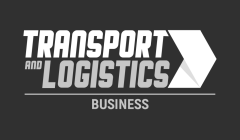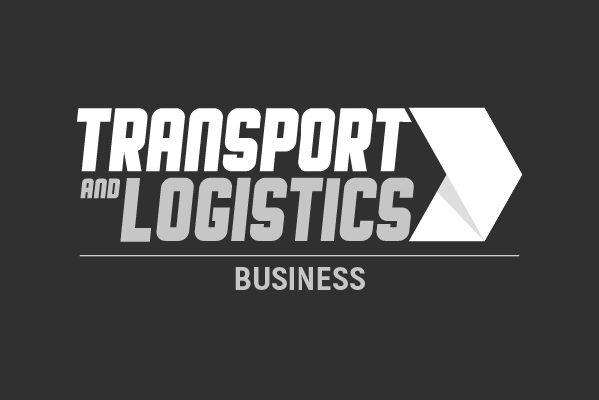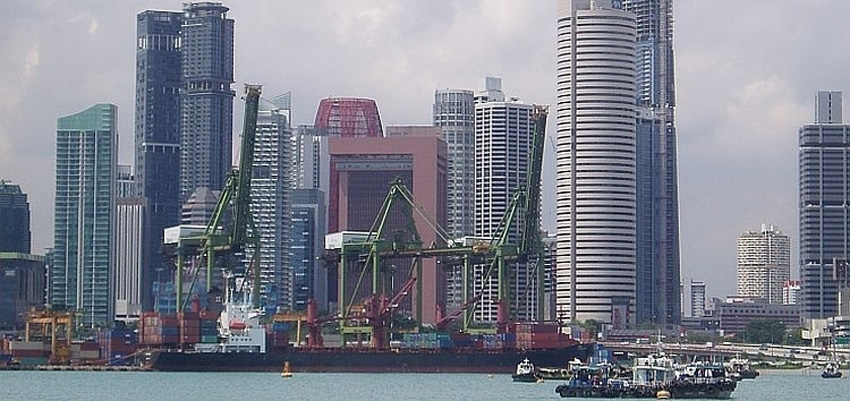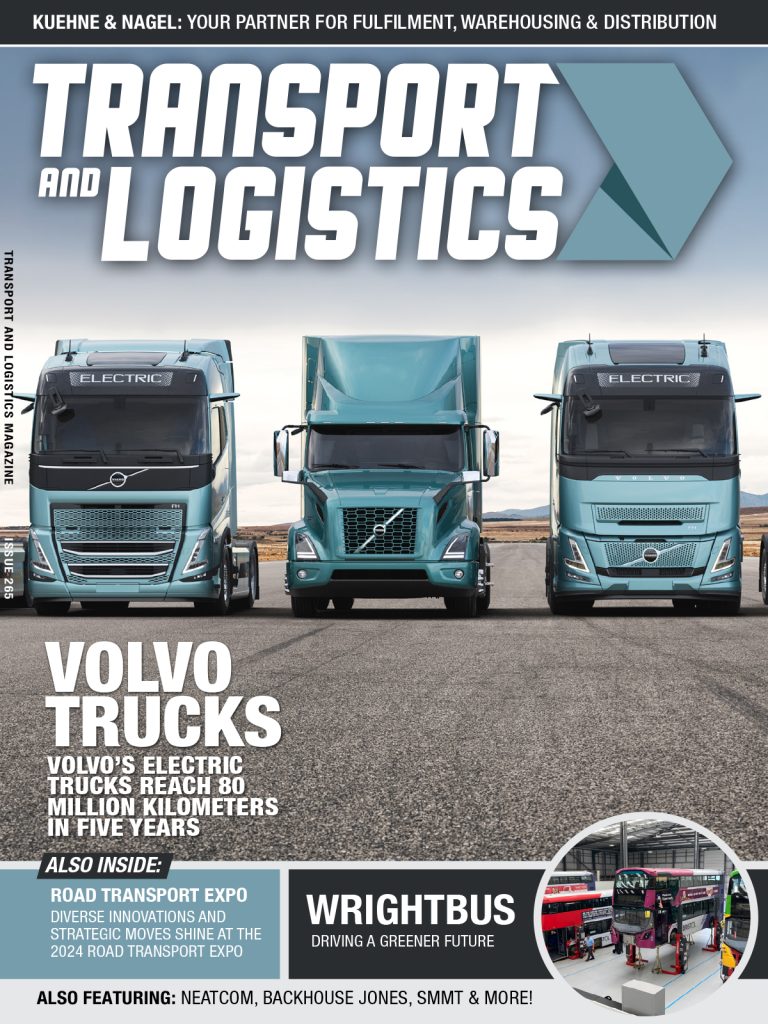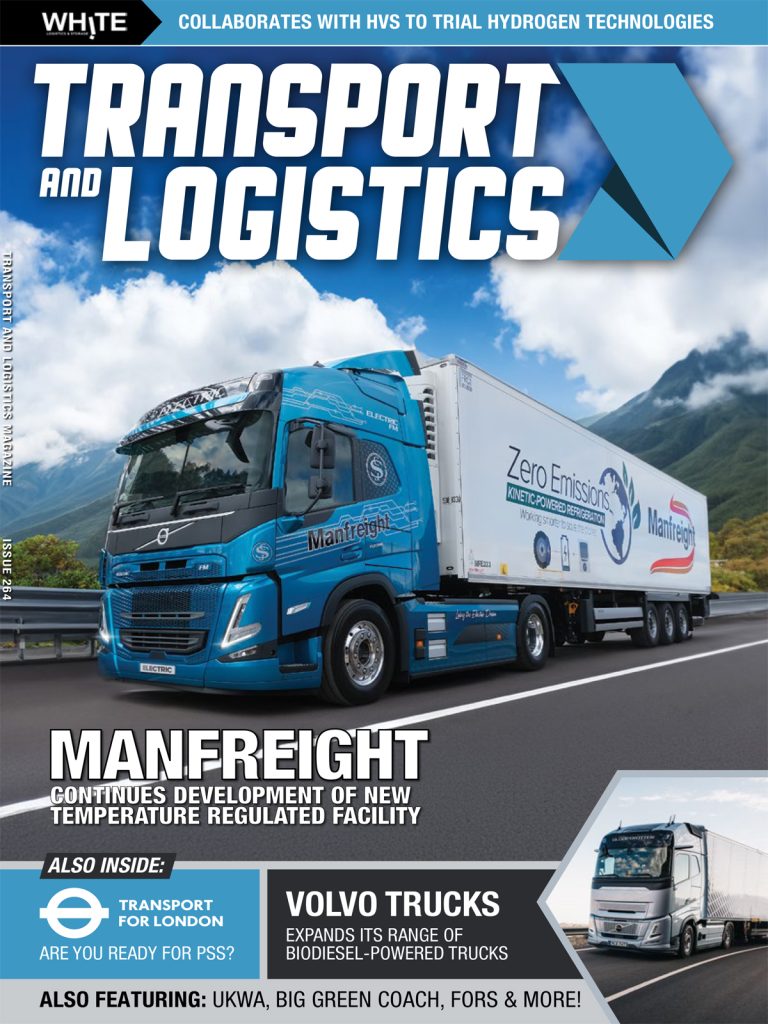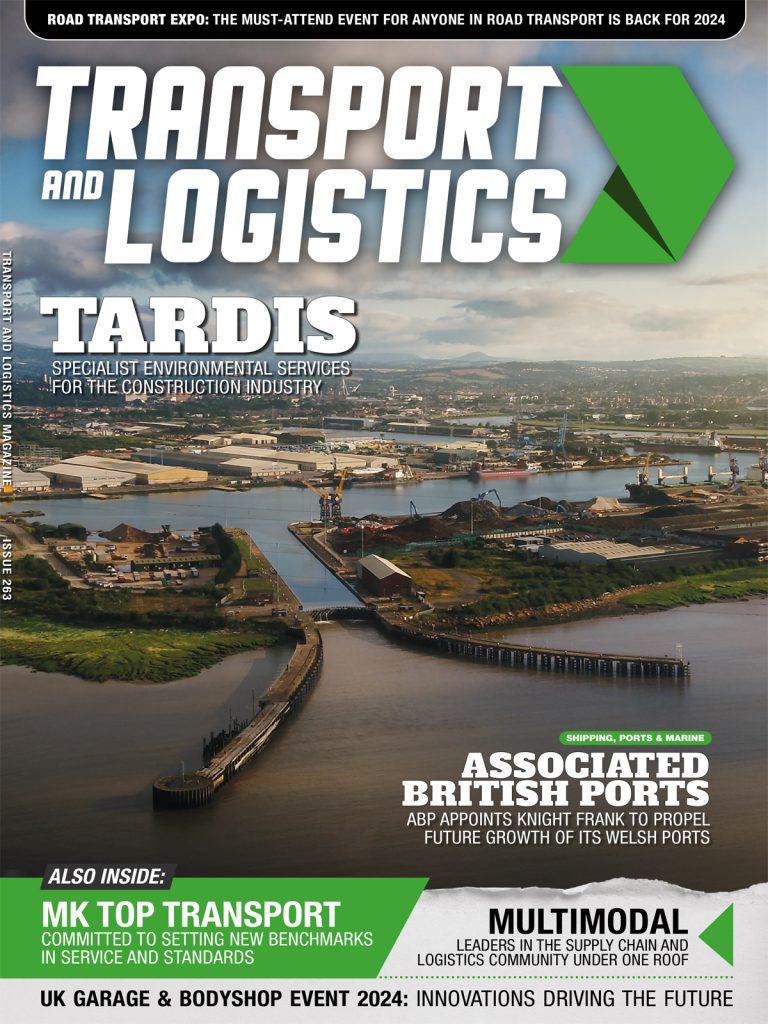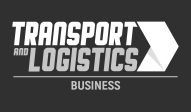The results from the latest Norton Rose Fulbright The way ahead transport survey are in and the consensus among shipping respondents is that a majority of the shipping industry (58 per cent) continues to favour Asia Pacific for investment opportunities over the next two to five years, followed, to a far lesser extent, by Europe (16 per cent). China (17 per cent) and India (16 per cent) remain the most popular markets for investment.
A merger or acquisition is seen as the optimal investment opportunity (by 34 per cent, up from 29 per cent in 2015), while 13 per cent favour joint ventures, alliances and pools (down from 28 per cent in 2015). Respondents expect consolidation to be at the centre of shipping businesses’ strategies over the next 12 months, either in the form of mergers and acquisitions (22 per cent) or joint ventures (19 per cent), while 22 per cent expect a focus on the disposal of non-core assets.
Almost three-quarters (72 per cent) expect investment in technology to increase over the next five years, with low carbon technology expected to have the most significant impact on the industry during this period (by 33 per cent), followed by predictive analytics (by 24 per cent).
Almost half (42 per cent) believe that greater transparency in the application and enforcement of existing and proposed regulations would be the most helpful form of government support for the shipping industry, more so than fiscal incentives (32 per cent) or investment in infrastructure (29 per cent).
Environmental regulation is seen as the regulation that has had the greatest impact on shipping over the past decade (by 49 per cent), followed by trade and financial sanctions (by 25 per cent).
Supply and demand imbalances are seen as the greatest challenge to the operational efficiency of the industry (by 47 per cent), followed by a lack of qualified people (12 per cent) and emission controls (9 per cent). A global recession is seen as the greatest threat to the health of shipping over the next five years (by 68 per cent). To a lesser extent, respondents are also concerned about the impact of enforcement by creditors on debt obligations (12 per cent) and continued political and economic uncertainty in the Eurozone (8 per cent).
Bank debt is once again expected to act as shipping’s primary source of funding over the next two years (22 per cent), followed by shareholder support (18 per cent) and private equity (16 per cent). Despite the problem of overcapacity in many sub-sectors of the industry, fuelled by newbuild vessels coming on to the market, 11 per cent think that ECA funding will be the industry’s main source of finance.
The report found shipping is the least optimistic industry within the transport sector, by a significant margin. Only 15 per cent believe that current market conditions are positive, down from 33 per cent in 2015 and 69 per cent in 2014.
Overcapacity is the principal reason given for this lack of optimism (66 per cent), followed, to a lesser extent, by economic uncertainty in key markets (27 per cent).
Respondents are more optimistic when asked to consider the outlook for shipping over the next five years. That said, just 22 per cent believe that funding will become more readily available and 64 per cent think that the number of enforcement actions will increase as lenders seek to protect their positions and recover losses. Most (68 per cent) expect fuel costs to rise.
